 |
Architectural treasures lost forever
Vientiane
(click to enlarge images)
|
 |
 |
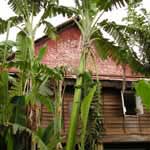 |
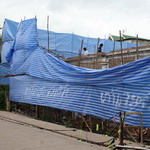 |
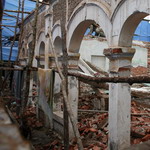 |
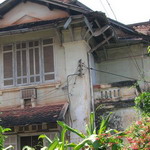 |
 |
| 111 Vat Chan Street had been the residence of the Thai ambassador. (Photo N. Aimies) |
|
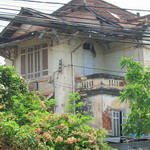 |
 |
 |
 |
 |
 |
 |
 |
In the 1990s there were said to be some 300 buildings on the Vientiane historic properties inventory. Of these, many have since been demolished or "fixed up" beyond recognition.
|
|
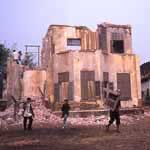
|
Demolition
There are rules against demolishing or changing old buildings, especially in the downtown area, but there is no enforcement. A building may be there one day and gone the next.
|
|
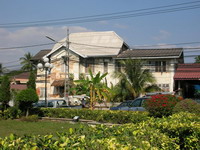
|
Division
A different kind of loss occurs when a family divides a large property with each person taking a section. The resulting jumble cannot be reassembled and little esthetic value remains. Buying all the sections is the only solution but even if everyone would agree to sell, meeting the financial needs of various family members is far beyond the resources of AHL. The property pictured has been divided among 8 family members.
|
|
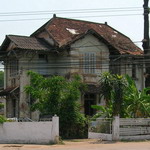
|
Bureaucracy
Many large old buildings downtown are owned by the government which houses up to 15 low-level government staff and war veteran families in each. There are no programs for privitazation and no money to relocate the families. The building are not properly cared for and will eventually be demolished. Vientiane lost two between September and December 2009.
|
|
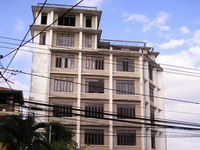
|
Squabbling
Sometimes families argue about a building and never agree on what to do with it. These buildings stand idle when they could be productive.
|
|
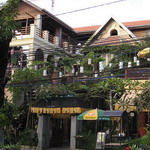
|
Over-restoration
One way to "restore" a building is to strip it down to the bones, throw away all the old wood and tiles, and re-cement, often replacing wood with aluminum. There is a colonial building deep inside this restaurant complex.
|
|
Photos on this site were taken by AHL staff unless otherwise noted. Thanks to these artists for the use of their work.
Nigel Amies
Kees Sprengers
|
|
|
 |
|

